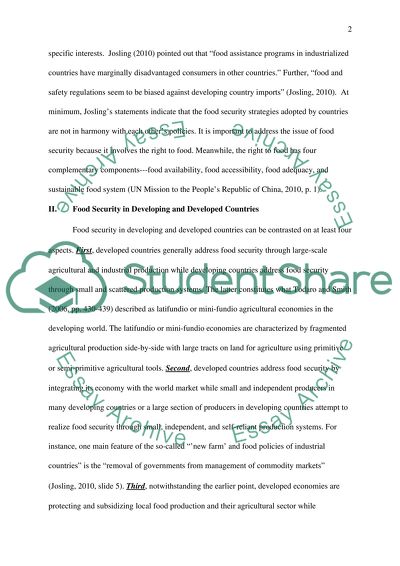Cite this document
(“Food Security in the Developed and the Developing Worlds: A Contrast Essay”, n.d.)
Retrieved from https://studentshare.org/english/1439190-compare-and-contrast-food-security-in-the
Retrieved from https://studentshare.org/english/1439190-compare-and-contrast-food-security-in-the
(Food Security in the Developed and the Developing Worlds: A Contrast Essay)
https://studentshare.org/english/1439190-compare-and-contrast-food-security-in-the.
https://studentshare.org/english/1439190-compare-and-contrast-food-security-in-the.
“Food Security in the Developed and the Developing Worlds: A Contrast Essay”, n.d. https://studentshare.org/english/1439190-compare-and-contrast-food-security-in-the.


